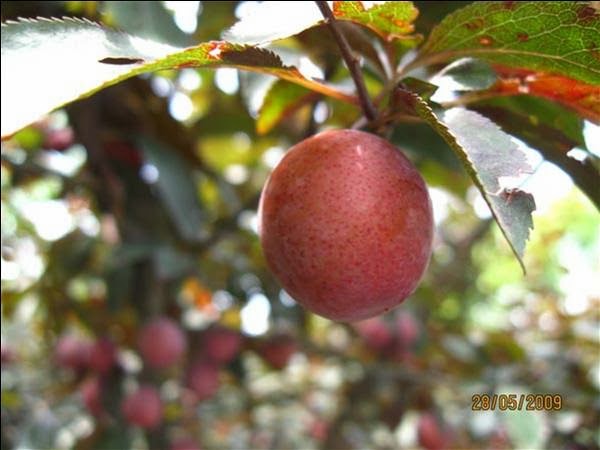| General Information |
| Common Name | Holm, Evergreen Oak |
| Scientific Name | Quercus ilex |
| Sun Tolerance | Full Sun |
| Height | 20-27 m (66-89 ft) |
| Spread | 10 -15 m (40 - 50 ft) |
| Growth Rate | Fast |
| Bloom Time | Spring |
| Color | Green, |
| Flower Color | Yellow |
| Type | Tree |
| Native | Europe, USA |
|
|
| Classification |
| Kingdom | Plantae – Plants |
| Subkingdom | Tracheobionta – Vascular plants |
| Superdivision | Spermatophyta – Seed plants |
| Division | Magnoliophyta – Flowering plants |
| Class | Magnoliopsida – Dicotyledons |
| Subclass | Hamamelididae |
| Order/ | Fagales |
| Family | Fagaceae – Beech family |
| Genus | Quercus L. – Oak |
| Species | Q. ilex |
|
|
 |
| Evergreen Oak |
Quercus ilex common name is Holm also called Evergreen Oak. It
is common evergreen Oak, was introduced during the sixteenth century from the Mediterranean. It is a moderate sized tree with
a broad, rounded, dense crown and leaves which are usually almost oval and
never lobed. The tree is common in gardens and parks, where it stands like a
large holly, often drooping almost to the ground and casting a dense shade
throughout the whole year.
The young shoots are grey-green, carrying small, downy
winter buds. The oval or linear leaves, which are usually 1 – 2 inches long but
vary greatly in size and shape, have a margin which is shallowly toothed or
even without teeth, and although rather woolly in May, they become dark green
and hairless on top but greyish- or yellowish-green underneath on account of
the short, thick down.
The flowers of both sexes appear on the same tree in May.
The grenish-yellow male catkins vary in length and are borne in abundance: the
female flowers, of like color, have longish stalk. The acorn is short and at
least half of it is enclosed in a downy cup; both are green at first, becoming
dark brown when ripe (which takes two years).
The bark is grey, later becoming brown or nearly black, and
divided into fairly small squares. The wood is hard, heavy, tough, and highly
figured but rarely used.
































